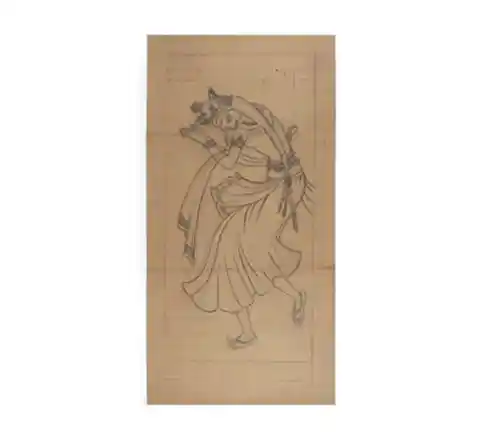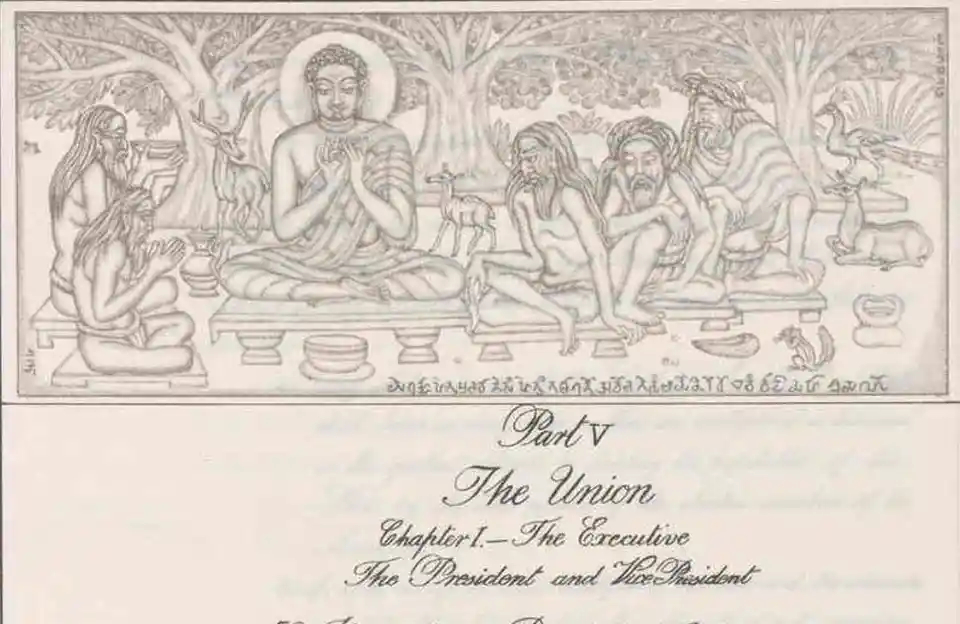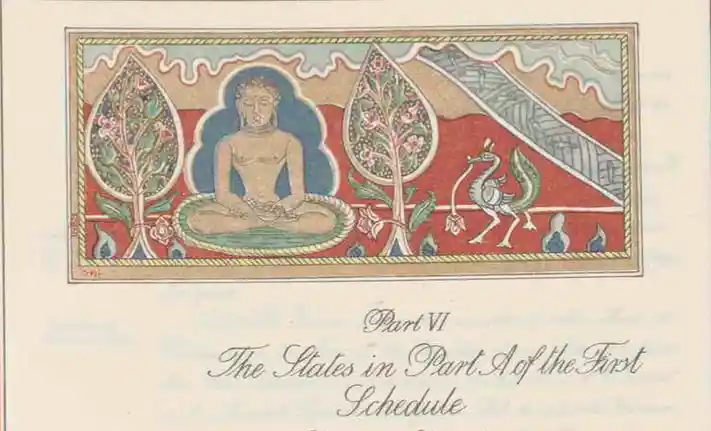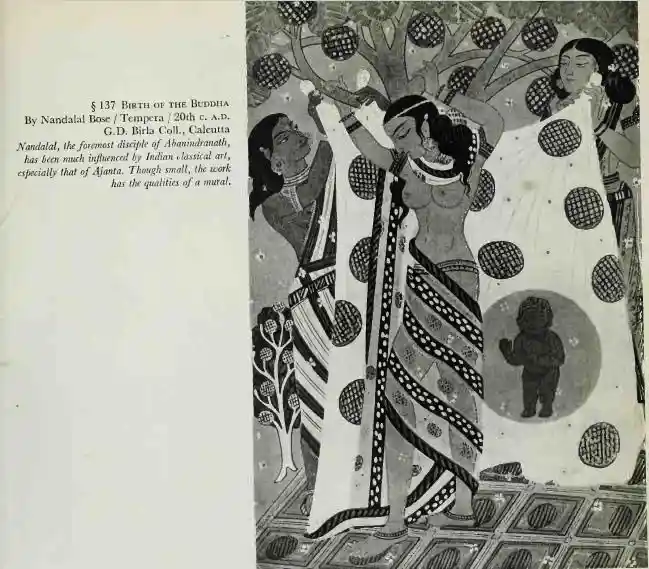Buddhist Art and its influence in Nandalal Bose’ Art
Nanadalal Bose, a prominent artist of the Bengal Renaissance explores a relationship with Buddhism, also represented in his art. Even in the Indian Constitution!

Cover Image Caption
Nandalal Bose, one of the prominent contributors of the Bengal Renaissance was asked to produce copies of Ajanta Frescoes as a part of Lady Christiana Herringham’s team, sponsored by the Indian Society of Oriental Art in 1909. It was here, where Bose was able to explore different techniques of Indian mural paintings and was heavily influenced by Buddhist art.
Later in 1921, he was overwhelmed by Buddhist caves at the Bagh Caves, which encouraged him to spend more time copying the murals. Throughout his course of studying Buddhist art through cave, and mural paintings, he particularly grew his interest in the dance drama Natir Puja (The Worship of Dancing Girl).
The drama revolves around the story of Srimati, a Buddhist devotee who sacrificed her life to worship Buddha. Srimati was a servant of King Ajattasatru, who had prohibited any worship except of the Vedas, and therefore Srimati’s act of worship was rather considered an act of defiance. As a consequence, she was cut down and killed by the royal guards.
One of the finest murals produced by Bose, influenced by Buddhist ideas except the Natir Puja is the Birth of Buddha of 20th century, Calcutta.
Bose, having influenced by the Natir Puja as mentioned by Dr. Arundhati Dasgupta, used the motif of Nati in his art. He produced fine murals of Natir Puja in the panels of Shantiniketan in 1933, again on the walls of Kriti Mandir, commissioned b Maharaja of Baroda. Bose was also responsible for decorating the manuscripts of the Constitution of India and the influence of Buddhist ideas is also clearly visible in the pages of the Constitution.

Buddhist art in Constitution of India Part V, source: the heritage lab

Buddhist art in Constitution of India Part VI, source: the heritage lab

Birth of Buddha, 20th C, Calcutta, source: Mukul Dey


